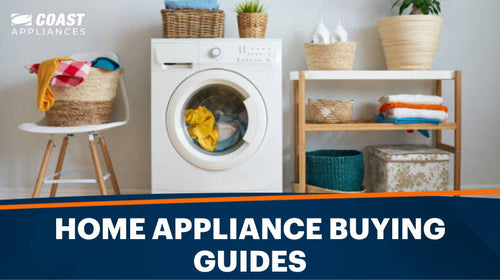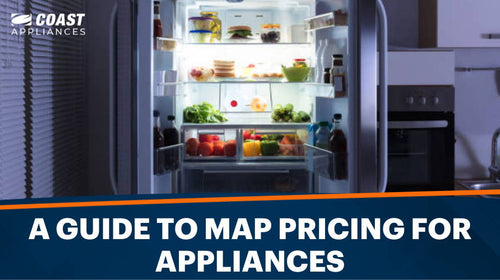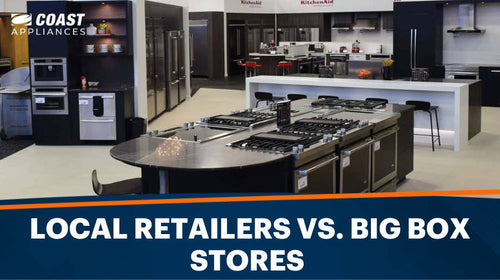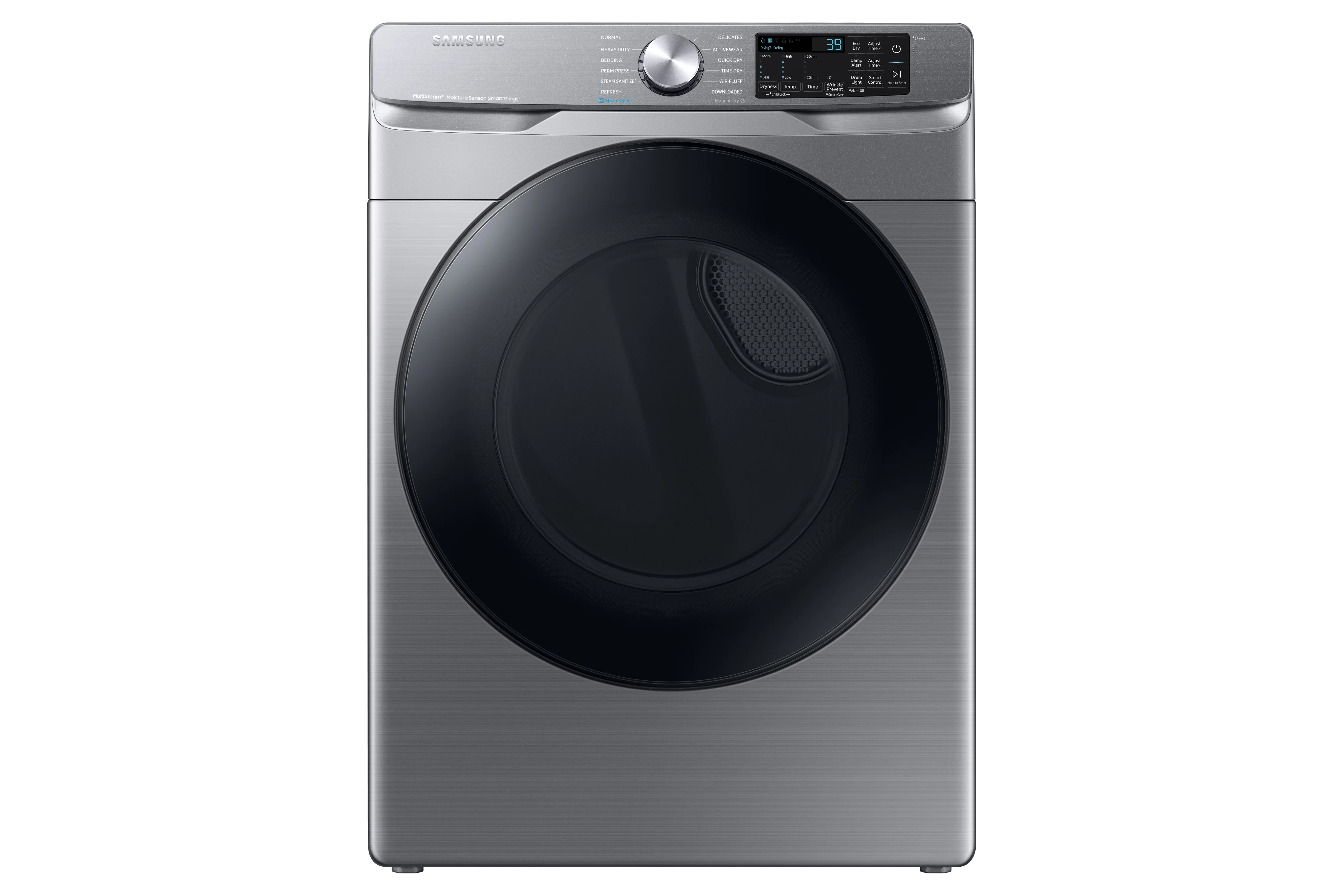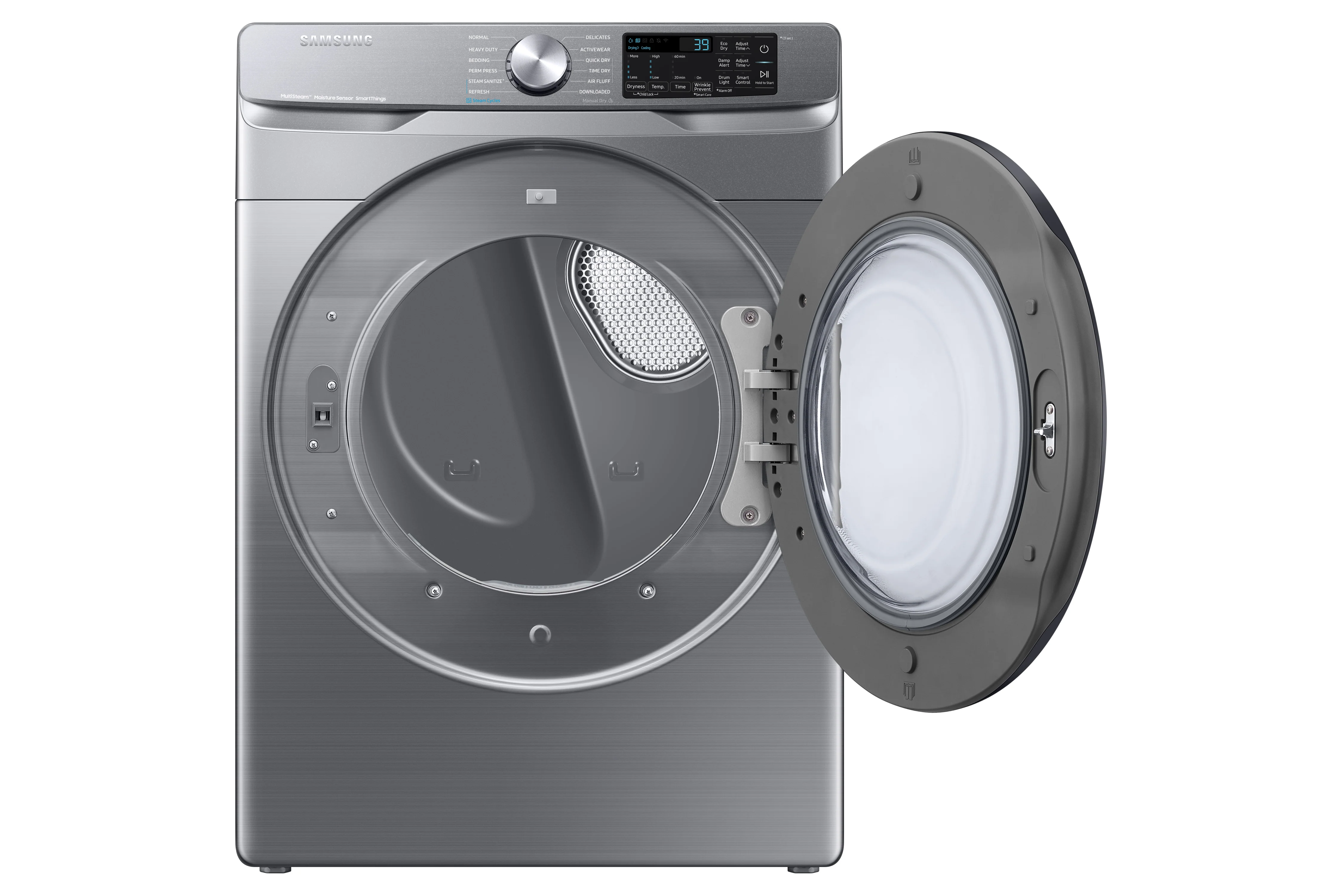What Are the Parts of an Oven?
To understand how an electric oven works, you have to know about its components. In this article, we will review the function of each component and the difference it makes to the cooking method. Broadly speaking, oven components can be divided into two sections: basic components and inner components.
The basic components comprise the outer surface of the oven that allows the user to control the appliance. The inner components are responsible for the cooking method and are quite detailed. Basic components mainly include the timer, digital controls, and door. The timer allows you to pre-set the cooking time to get the correct doneness. With digital controls, you can preset the cooking mode and temperature according to the recipe or type of cooking. The door is used to prevent heat from escaping the oven.
Let’s take a look at the inner components and learn their functions.
- Broil element: this element heats the food from the top while broiling.
- Light Bulb & assembly: the light inside the oven cavity that illuminates what is cooking.
- Convection fan: circulates hot air throughout the oven cavity for even heating.
- Fan blade: the blade of the convection fan that creates the hot air flow.
- Gas oven igniter: used to ignite the heating burner inside the oven.
- Oven rack: either adjustable or fixed, these racks hold pans of food cooked inside the oven.
- Hidden bake tray: protects the bake element from spills or drips during cooking.
- Warming drawer: retains residual heat after cooking, keeping food warm and ready to be served.
- Bake element: forms the bottom of the oven and is the main source of heating for cooking. It is mostly used to heat food while broiling.
- Vent tube: used to enable proper air circulation inside the oven.
- Convection baffle: the enclosure of the convection fan.
- Oven door: prevents heat inside the oven from escaping and allows viewing of food while cooking.
How Does an Oven Work?
Electric ovens are ideal because they save both cooking time and effort. However, the principle of working an oven is not that simple, so we will break it down for you to understand better. Before we continue, you should know that electric ovens irrespective of their makes, types, and models almost always follow the same principle of working. So if you have a standalone model and not a wall oven, don’t be confused. The mechanics work the same.
Find Your Ideal Oven
Browse our full selection of oven today.
Mechanism of heating elements
Heating elements are the most important component in an electric oven. There are two heating elements enclosed in a metal box. One is placed at the top and another at the bottom to ensure even cooking heat. The heating elements are controlled by a thermostat directly connected to the control panel or selector switch. Traditional electric ovens have dial controls to set the temperature and time. Modern electric ovens have digital controls to select cooking time, mode, and temperature.
When all controls are preset for cooking, the thermostat activates the heating elements. These elements are connected to a control box via a copper wire that constantly checks the temperature inside the oven cavity. When the temperature reaches the preset range, the power supply to the heating elements stops while cooking continues. When the temperature drops below the preset range, the heating elements are reactivated until the preset temperature is reached.
Heating elements are made of metal wires and sheaths. The heat produced spreads throughout the oven cavity and the food starts cooking. The heating elements are fixed and concealed behind the oven’s metal walls. This also ensures the even distribution of the heat inside the oven cavity. Convection ovens have the added advantage of a convection fan that produces hot air for even heating.
Functions of the Dial/Electric controls
Depending on the year, model, or type of electric oven, it can either have a dial control on an electric panel with buttons. In both cases, the function remains almost the same with some added features in advanced or modern electric ovens. Baking heat comes from the bottom heating elements while broiling heat comes from the top heating element. In older models, there is little option to adjust the broiling temperature. This feature cooks food from top to bottom.
FAQs About How Ovens Work
Where does the heat come from in an oven?
Electric ovens have concealed heating elements around the oven cavity. These elements are designed in the form of coils and are attached to a thermostat that controls the thermal energy inside it. Once the time and temperature are set, the thermostat heats the coils to the given temperature range, and the food starts to cook. To maintain a consistent temperature inside the oven, the thermostat cuts off the power to coils when they heat up to the desired temperature. If the temperature drops below the preset range, the thermostat switches on the heating coils.
How does an electric oven operate?
Electric ovens have inside heating elements in the form of metal coils. There are two sets of large coils that heat up when the oven is switched on. The coils are attached to an internal thermostat. When the cooking time and temperature are set, a copper connector to the control panel and the thermostat sends the signal to maintain the preset temperature for the specified period.
The thermostat starts heating the coils responsible for maintaining the internal temperature. It cuts off the heat immediately when the desired temperature is reached. It also switches on the coils when the temperature drops below the preset limit.
How does an oven heating element work?
The heating element inside the oven is designed to convert electrical energy into thermal energy in a process called Joule heating. The oven fan distributes the heat evenly in the oven cavity for faster cooking. When the internal temperature reaches the temperature preset on the digital controls, the thermostat cuts the power supply to the coils. The power supply resumes when the temperature inside the oven drops below the preset range.
Which part of the oven gets the most heat?
Electric ovens are the hottest around their metal walls or periphery. This includes all three sides, top, and bottom. The closer you get to these metal walls, the hotter the temperature. Cookies baked near these walls can turn browner compared to those at the center of the oven. Convection ovens use fans that evenly distribute heat throughout the oven cavity, but the periphery is still the hottest.
What is the bottom element in an oven called?
The bake element lies at the bottom of the oven and is often considered the main source of heat for different cooking methods. Bottom heat is great for preparing pizzas, pastries, etc. Apart from cooking, the bake element is also used when the oven is set in self-cleaning mode.
What are oven knobs called?
In older models of electric ovens, the controls were mainly dials resembling knobs. Modern electric ovens use digital controls along with a display. This control panel has the same function as that of the dial, allowing you to preset the cooking temperature, cooking time, and cooking mode.
Final Thoughts
Electric ovens are a boon to modern kitchens. They make cooking simple and easy. Electric ovens can perform all types of cooking, be it baking, roasting, broiling, frying, grilling, steaming, or boiling. This oven is a requirement in every kitchen. If you are looking for a new oven or want to upgrade, Coast Appliances has an extensive collection of different makes and models of electric ovens. Visit the website to browse the models, or read the wall oven buying guide for further assistance in making the right purchase.

